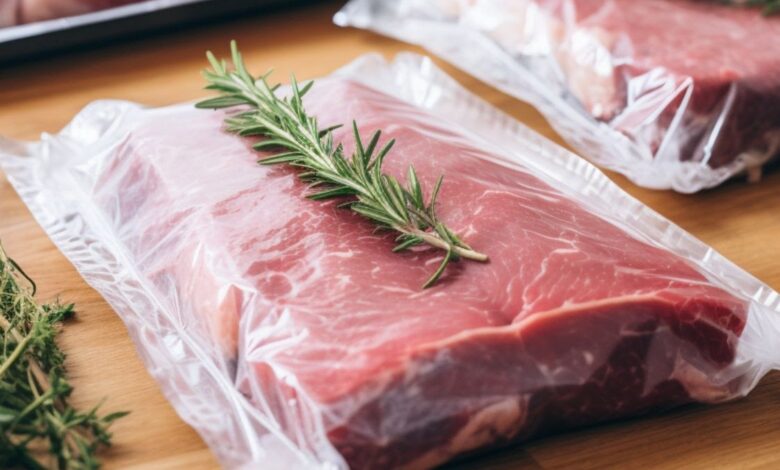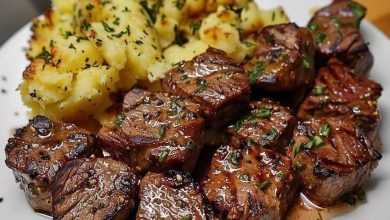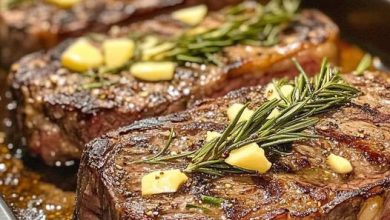
The best way to thaw frozen meat quickly and safely
Frozen meat offers the convenience of extended storage and facilitates easy meal preparations. However, safely thawing that steak, chicken, or fish is imperative not only to maintain its quality but also to safeguard against potential health risks. While the countertop or high-heat methods might seem convenient, these approaches can jeopardize both the flavor and safety of your meat.
Why Safe Thawing Matters
Understanding the importance of proper thawing underscores:
Food Safety
Protects against harmful bacteria like Salmonella and E. coli that can proliferate when meat is thawed at unsafe temperatures or durations.
ADVERTISEMENT
Meat Quality
Ensures the texture, flavor, and moisture of the meat are preserved.
Cooking Consistency
Guarantees even cooking, averting overcooked or undercooked sections of the meat.
ADVERTISEMENT
Let’s dive into reliable methods for safely and swiftly thawing frozen meat.
Thawing Techniques and Tips
Refrigeration
How: Place frozen meat in a container or on a plate to catch drips and set it in the refrigerator.
Duration: Typically 24 hours per 3-4 pounds of meat.
ADVERTISEMENT
Benefits: Minimizes bacterial growth and retains meat quality, though slow.
Refrigeration is the gold standard for safely thawing meat. It allows for gradual thawing, minimizing the risk of bacterial growth and preserving the meat’s quality.
Cold Water Bath
How: Encase the meat in a leak-proof plastic bag and immerse it in cold water, refreshing the water every 30 minutes.
Duration: 1-2 hours for smaller cuts; 3-4 hours for larger cuts.
Benefits: A quicker yet safe thawing method.
Cold water bath thawing is a faster alternative. It’s essential to keep the water cold and change it regularly to ensure safe and swift thawing.
Microwave Thawing
How: Use the microwave’s defrost function, following the manufacturer’s guidelines and ensuring the meat is rotated regularly for even thawing.
Cautions: Beware of partially cooking edges and adjust recipe choice accordingly.
Microwave thawing is the quickest method, but it requires caution to prevent partial cooking. Follow your microwave’s guidelines for safe defrosting.
Cooking from Frozen
How: Directly cook thinner meat cuts, like chicken breasts or fish fillets, from their frozen state.
Note: Anticipate extended cooking times and always utilize a meat thermometer to validate thorough cooking.
Cooking from frozen is a time-saving option for thinner cuts, but it requires longer cooking times to ensure thorough cooking.
Sous Vide
How: Vacuum-seal the frozen meat and submerge it in a water bath, controlling the temperature for precise thawing and cooking.
Equipment: Requires specialized sous vide machinery.
Sous vide is a gourmet option for precise thawing and cooking but requires specialized equipment.
Safety Reminders
- Avoid Room Temperature Thawing: Counter-top thawing encourages unsafe bacterial growth.
- Shun Hot Water Thawing: This leads to uneven thawing and potential bacterial development in outer layers.
- Prevent Cross-Contamination: Ensure meat is sealed in leak-proof bags during thawing.
In conclusion, choosing the right method for thawing frozen meat is crucial to ensure both safety and quality. Whether you opt for the gradual refrigerator method, the quicker cold water bath, or even sous vide precision, following these guidelines will help you enjoy your meals without compromising your health or the taste of your meat.




